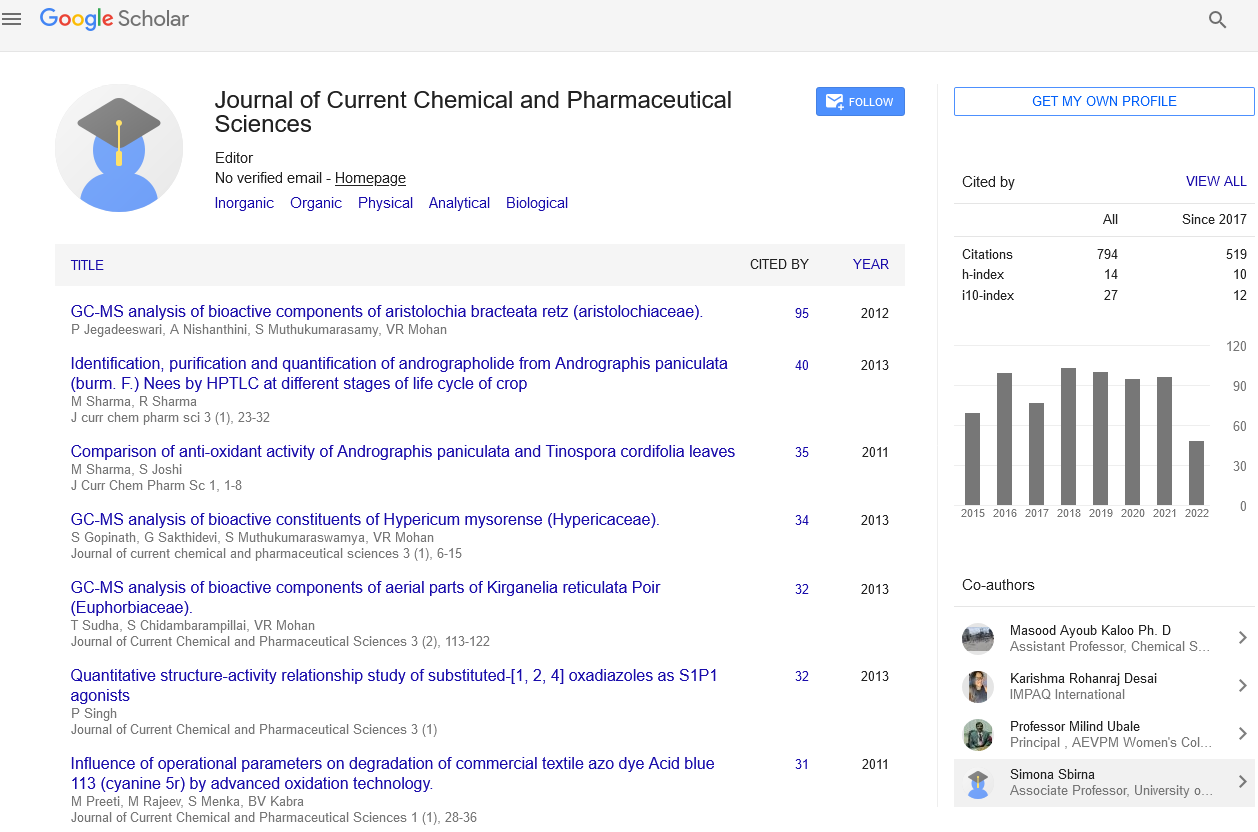Abstract
A Potential Biosynthetic Pathway for Silica Acid can be used to Increase the Sialylation of Therapeutic Glycoproteins
Author(s): Daniel FardinThe number of therapeutic proteins has increased dramatically over the past years and most of the therapeutic proteins in the market today are glycoproteins. Usually, recombinant glycoproteins are produced in mammalian cell lines, such as Chinese-hamster-ovary-cells to obtain mammalian-type of glycosylation. The terminal monosaccharide of N-linked complex glycans is typically occupied by sialic acid. Presence of this sialic acid affects absorption, serum half-life, and clearance from the serum, as well as the physical, chemical and immunogenic properties of the respective glycoprotein. From a manufacturing perspective, the degree of sialylation is crucial since sialylation varies the function of the product. In addition, insufficient or inconsistent sialylation is also a major problem for the process consistency. Sialylation of overexpressed glycoproteins in all mammalian cell lines commonly used in biotechnology for the production of therapeutic glycoproteins is incomplete and there is a need for strategies leading to homogenous, naturally sialylated glycoproteins. This review will shortly summarize the biosynthesis of sialic acids and describe some recent strategies to increase or modify sialylation of specific therapeutic glycoproteins.
